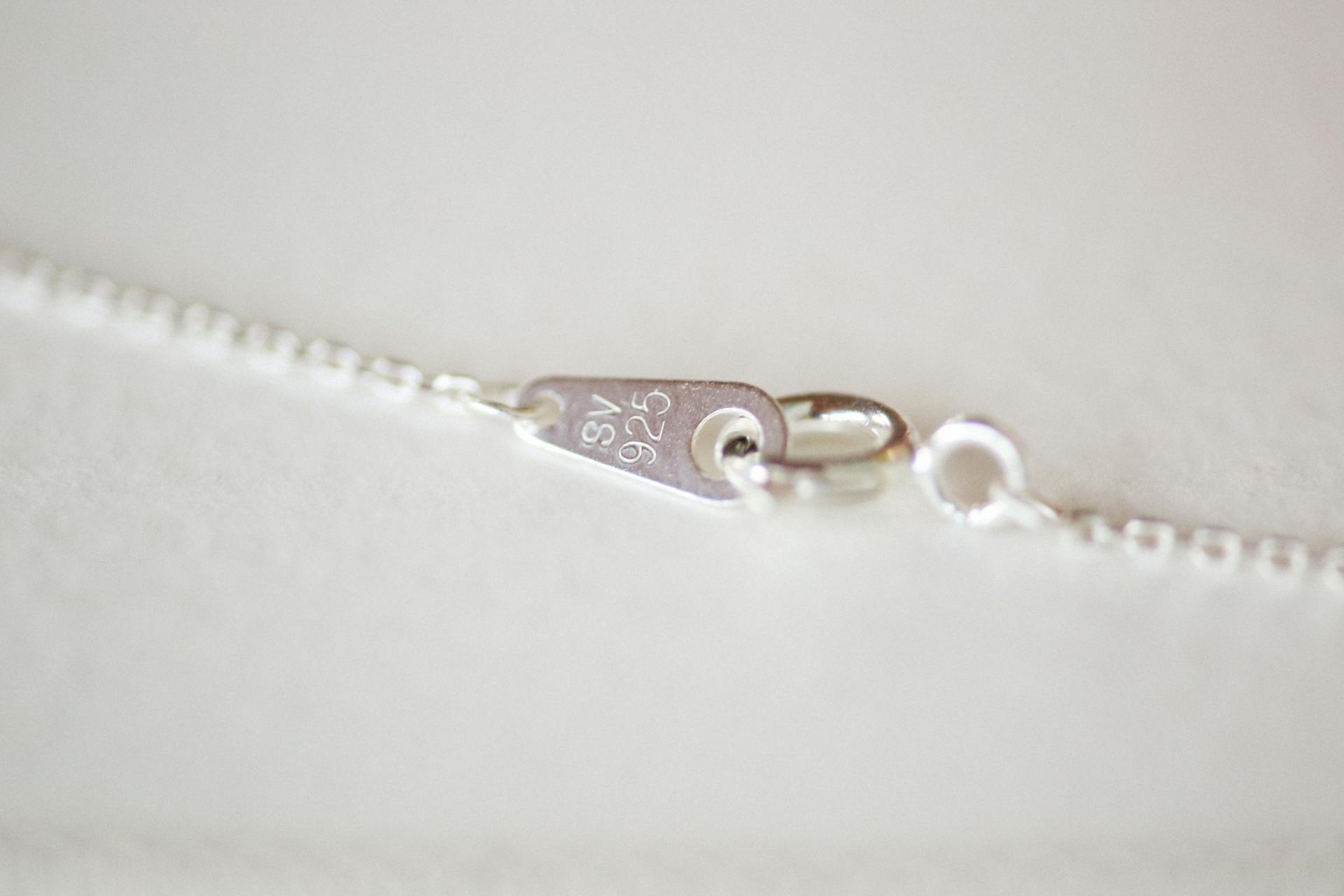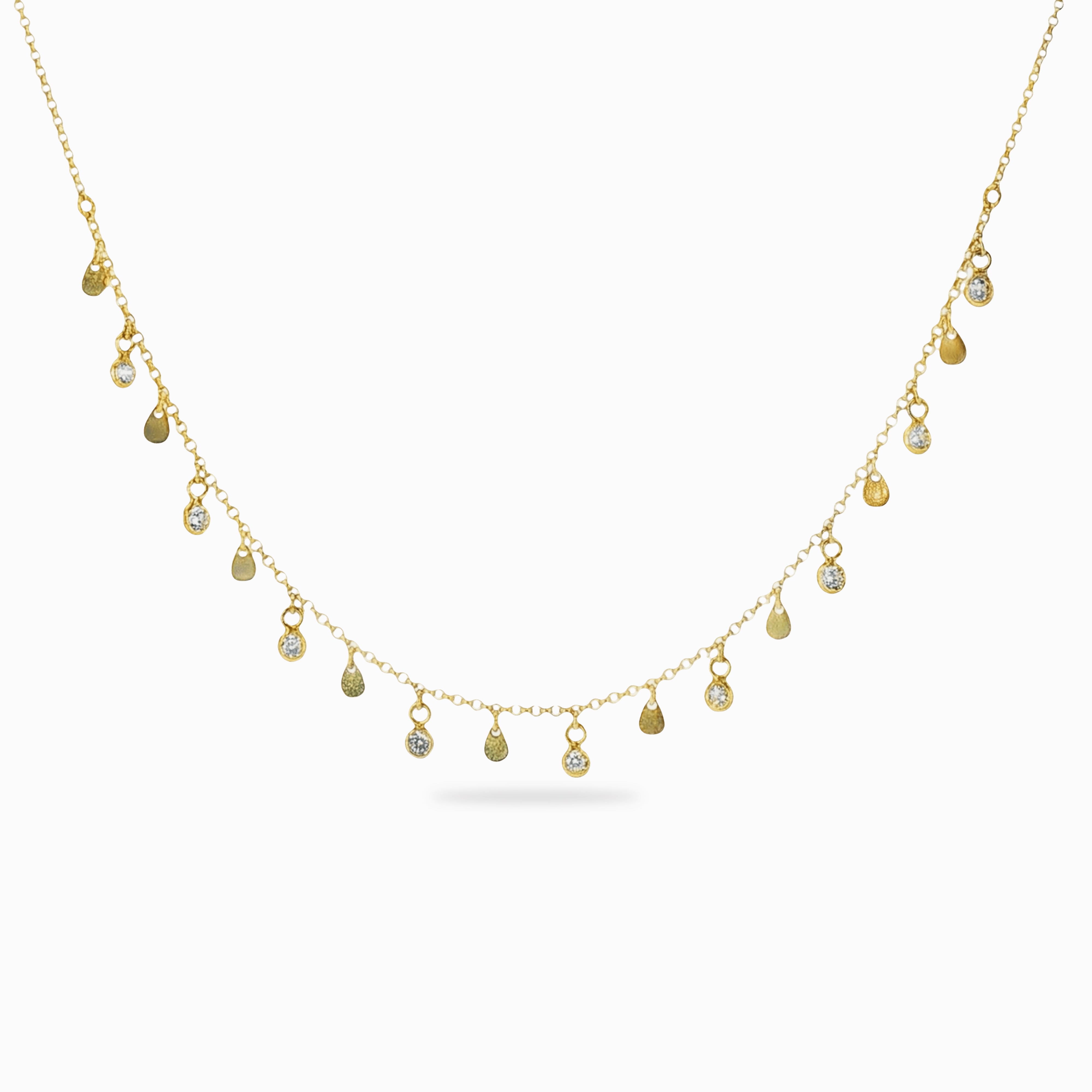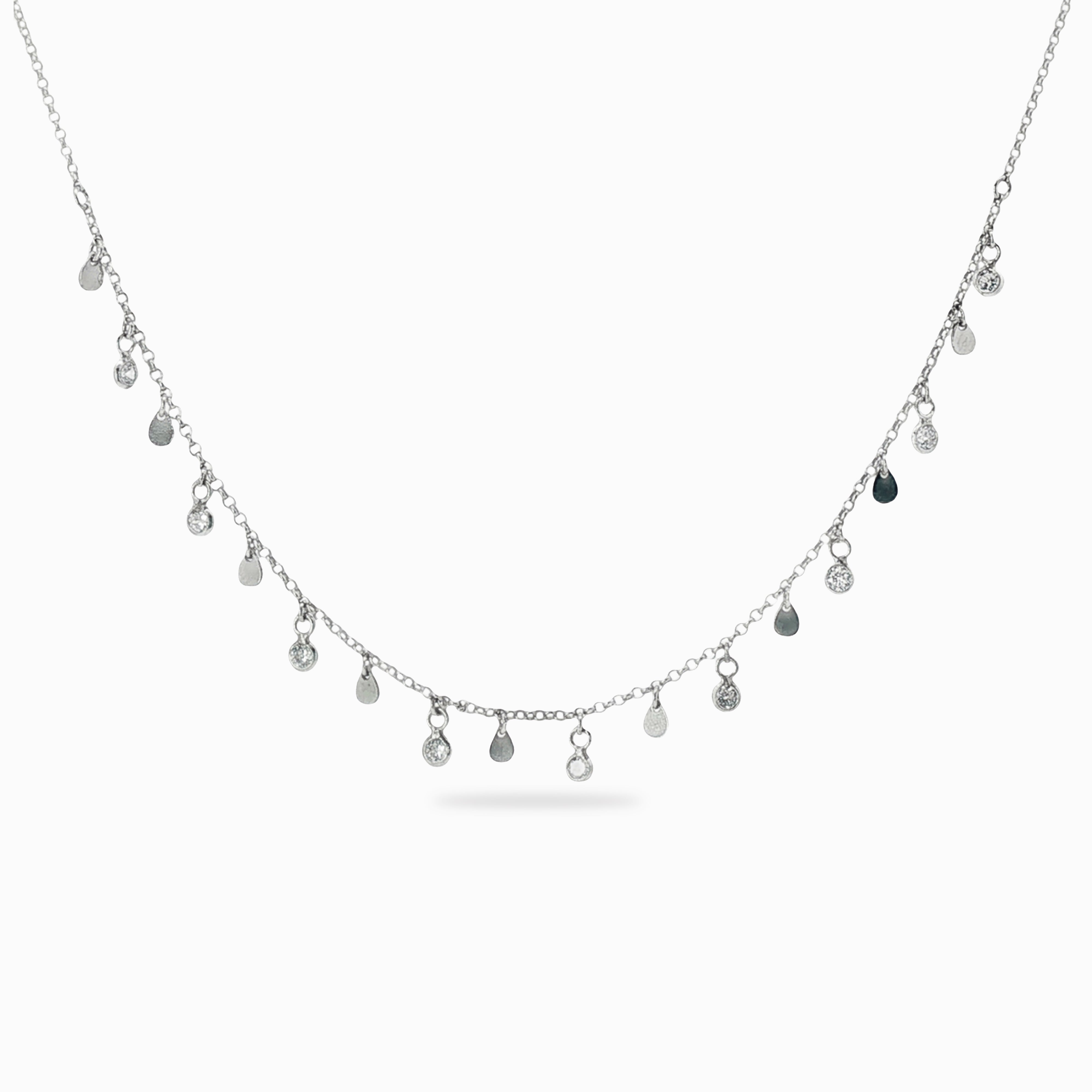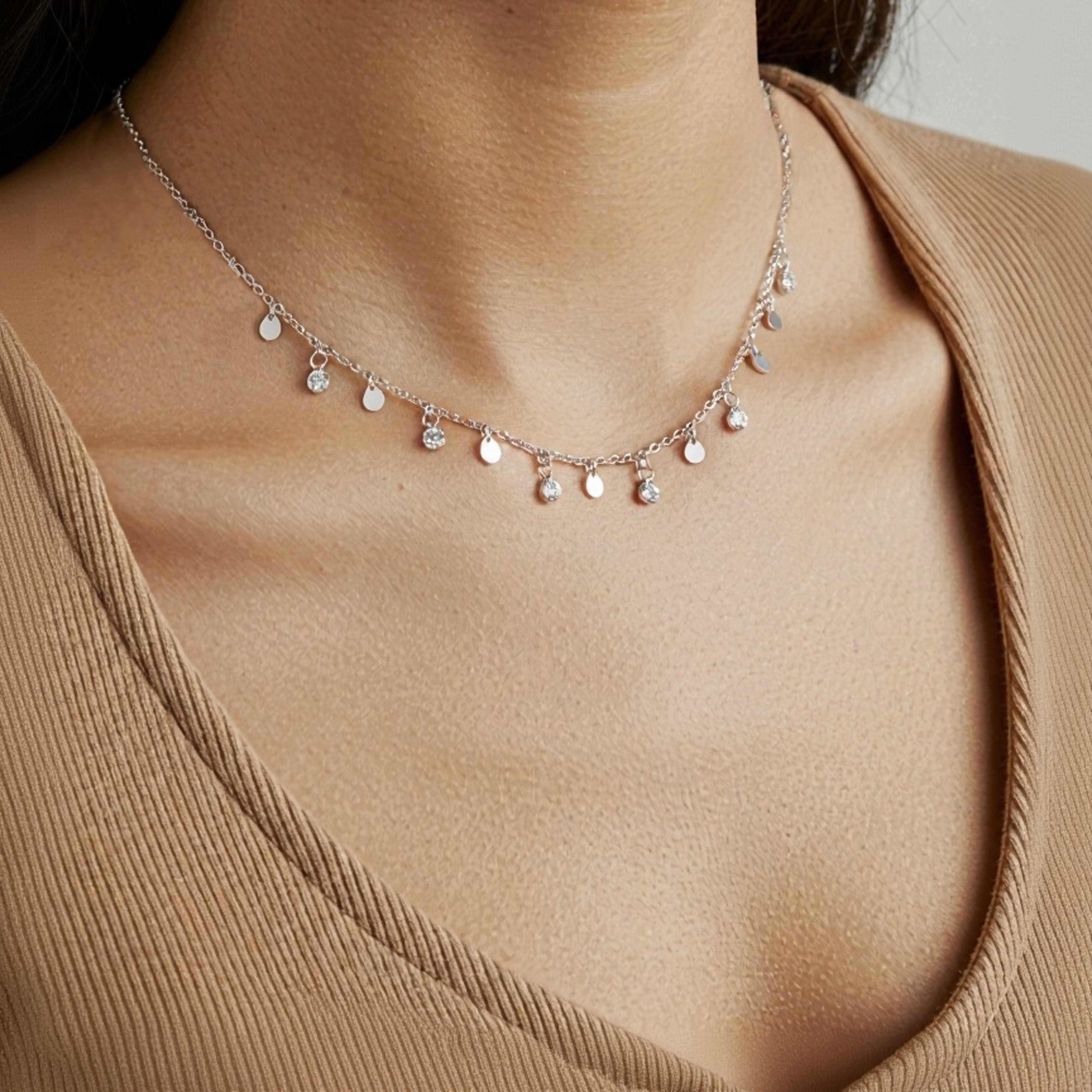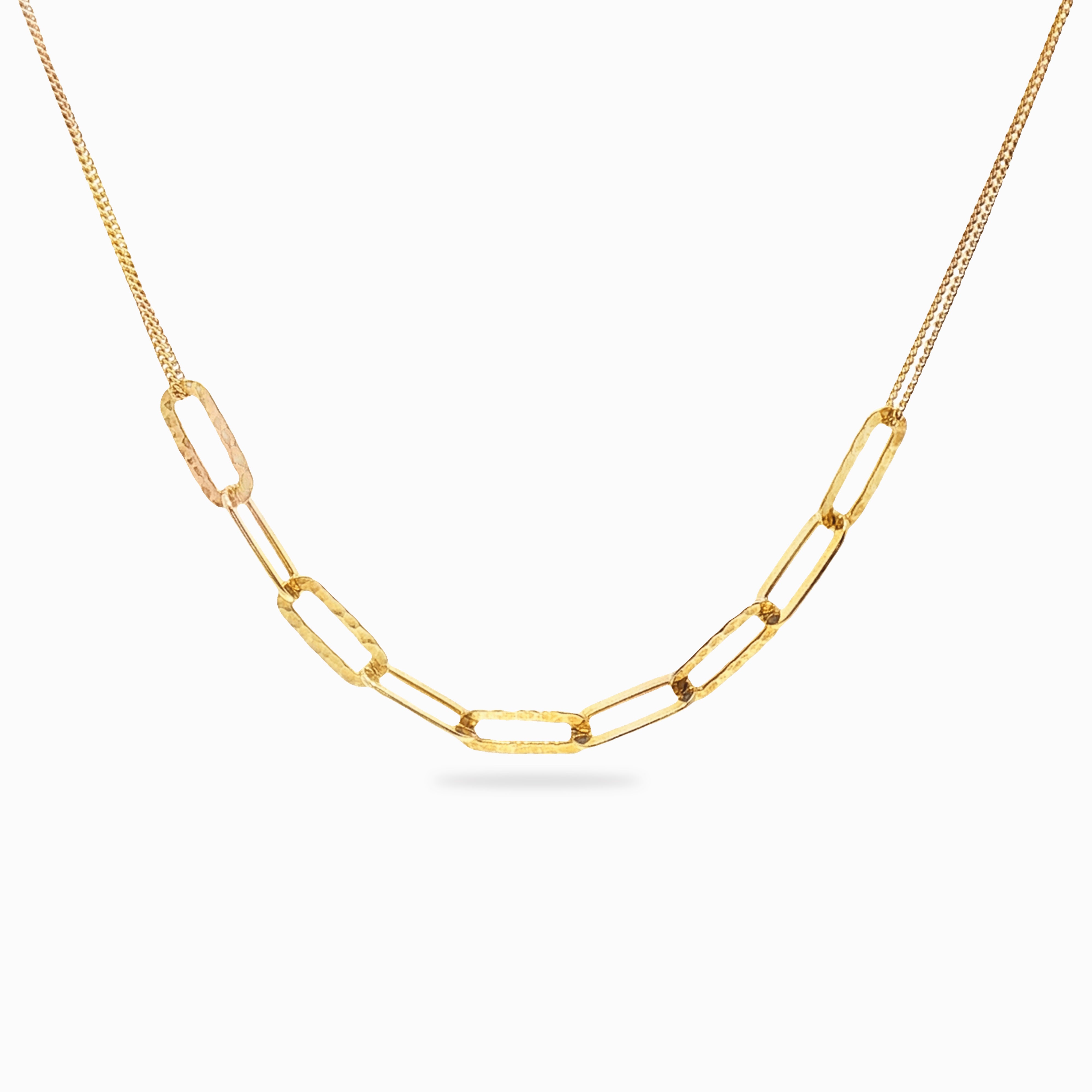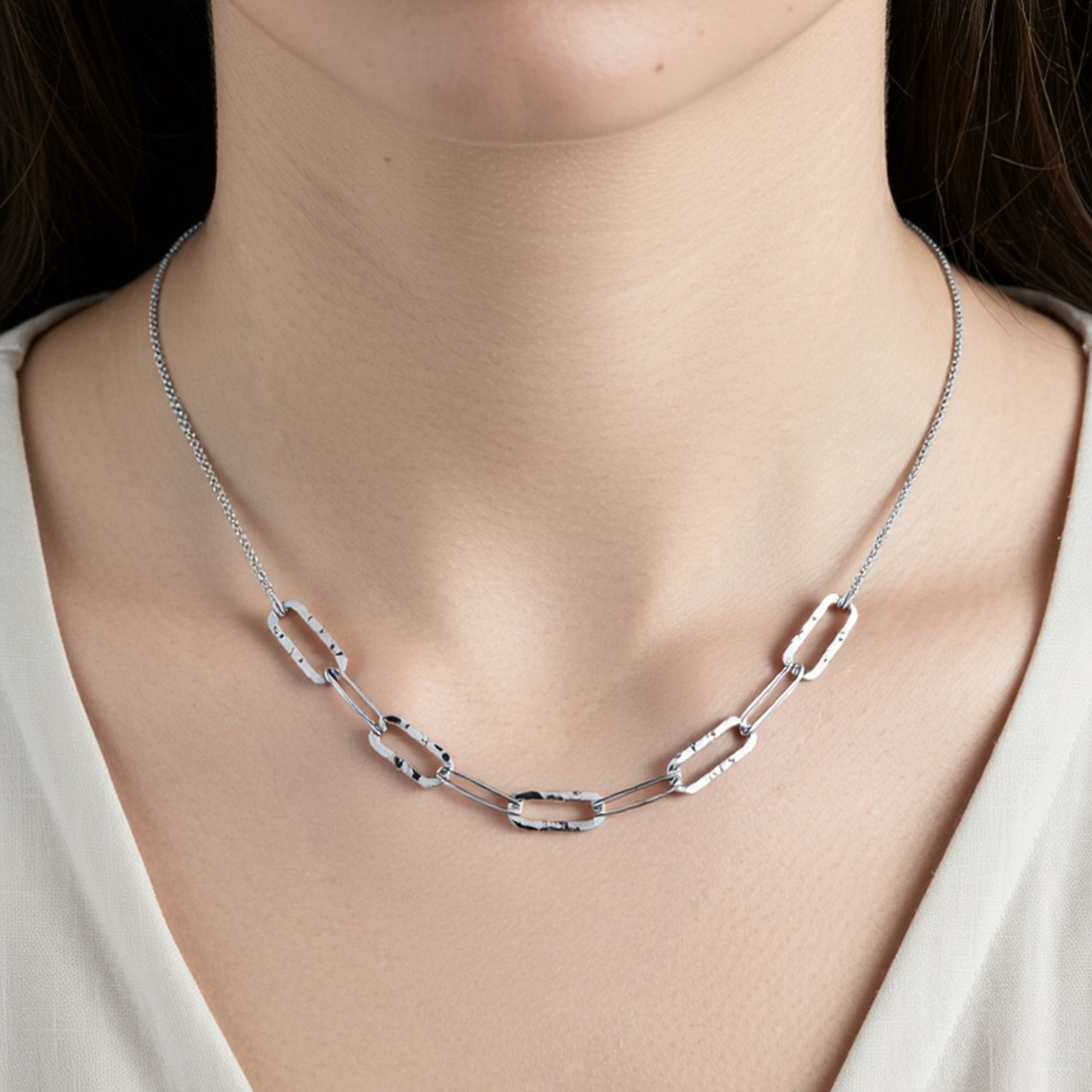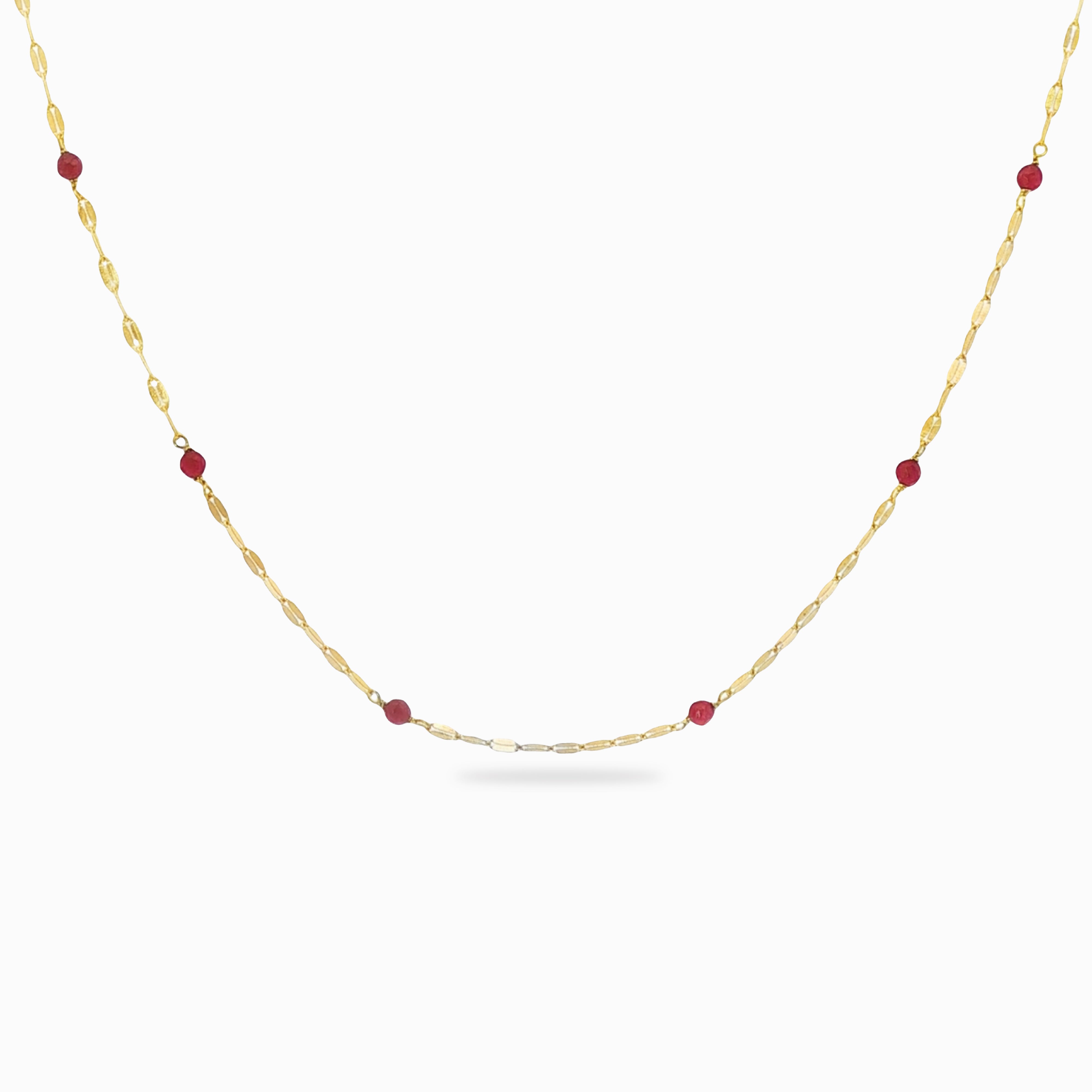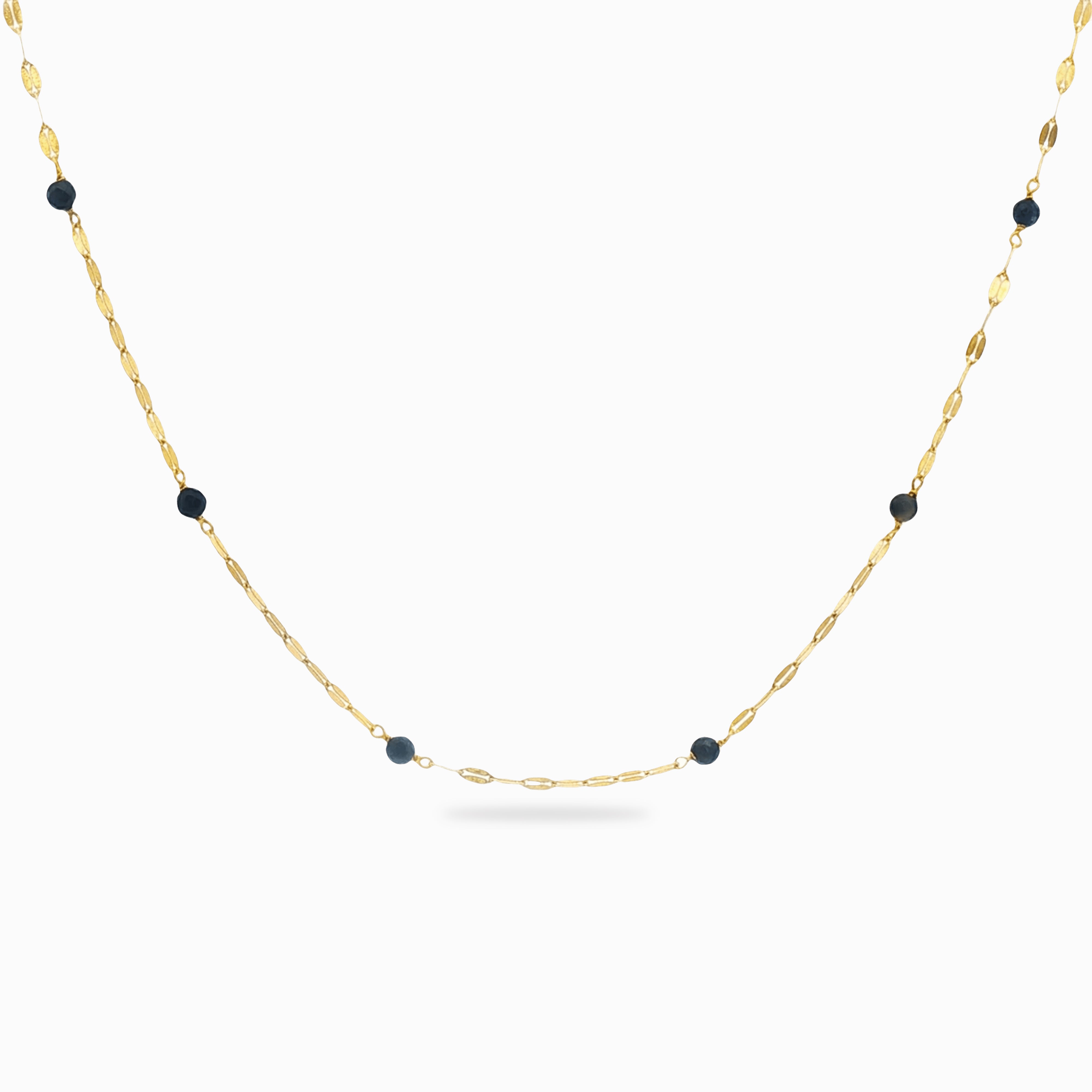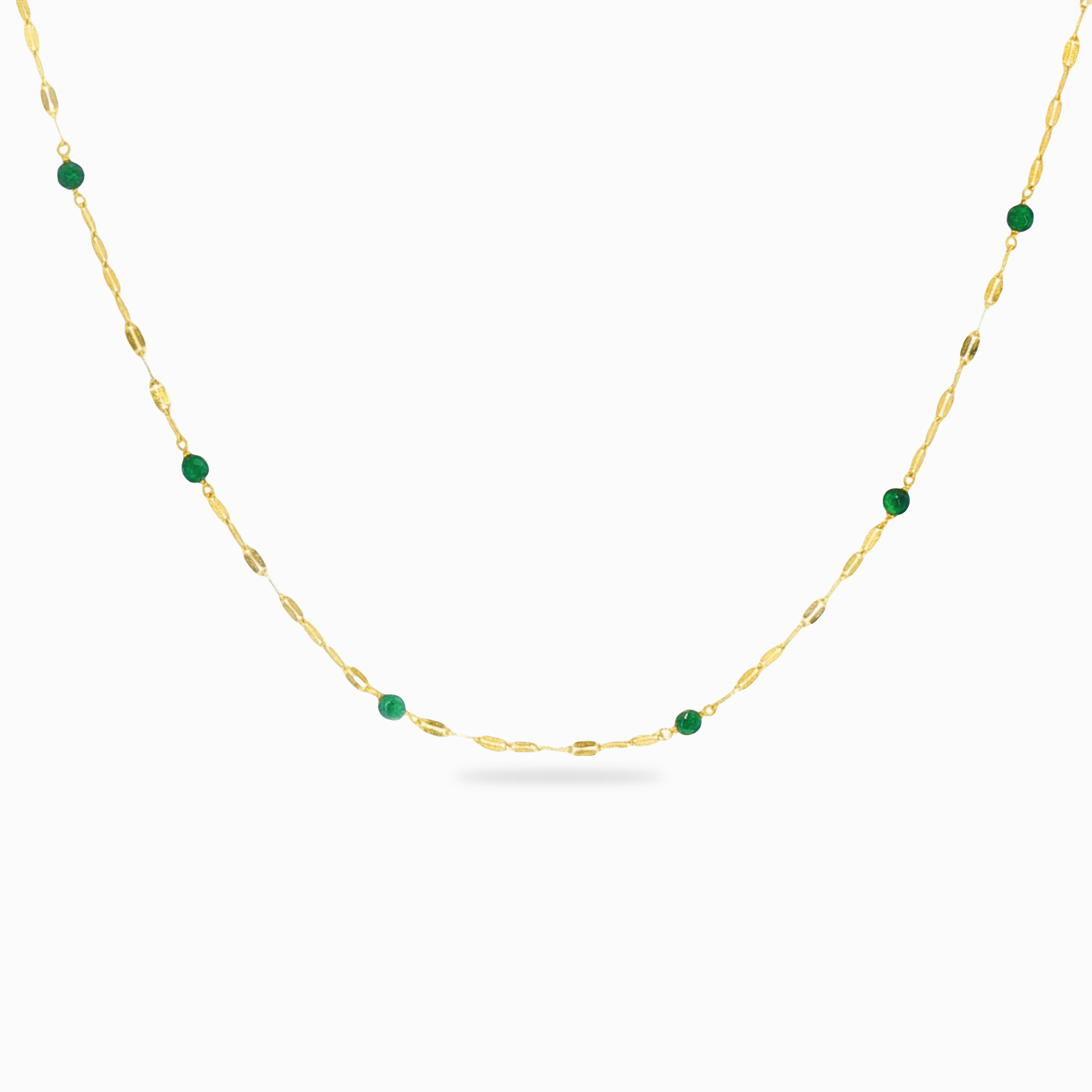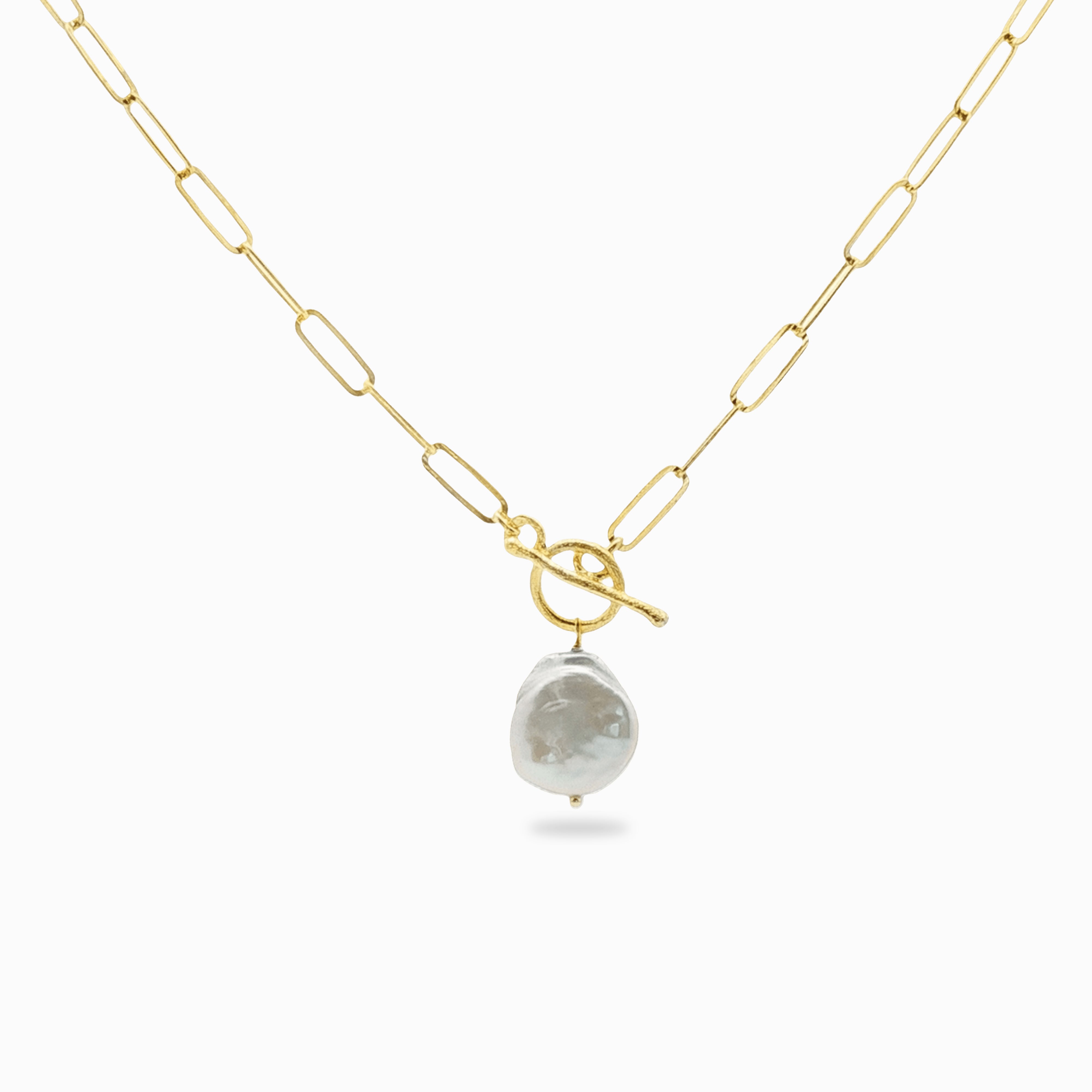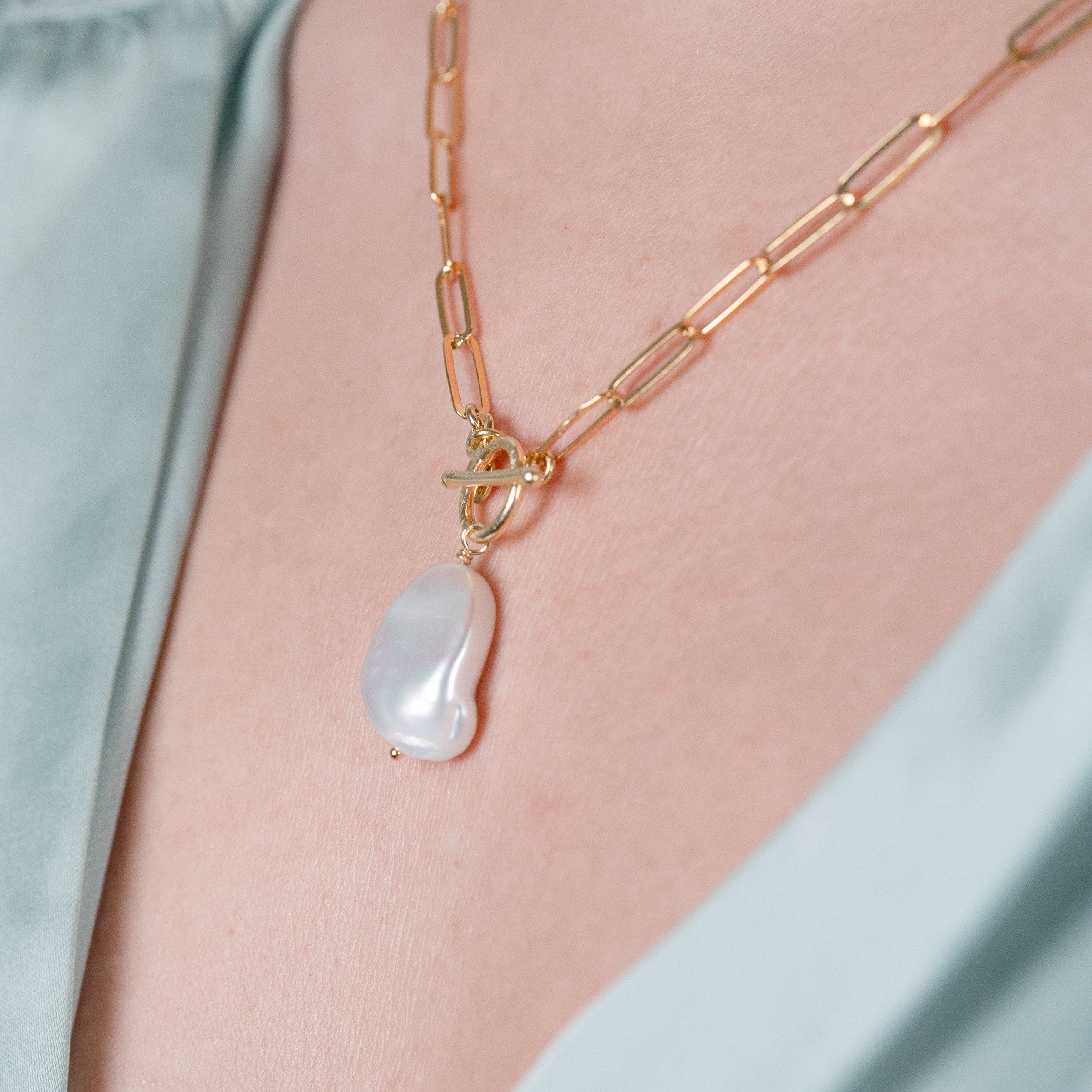
Emerald: history, significance and brilliance of a legendary stone
Among the world's most admired gemstones, emerald occupies a special place. Mysterious, luxurious and vibrant, this green gem has fascinated people for millennia. Whether adorning a ring, a pendant or a pair of earrings, it evokes nature, wealth and wisdom.
In this article, we invite you to delve into the captivating world of emerald: its origin, its legends, its virtues, how to recognize it and, above all, how to choose and care for it.
What is an emerald?
Emerald is a variety of beryl, a family of minerals that also includes aquamarine and morganite. Its green color is due to the presence of chromium and sometimes vanadium in its composition.
It's a rare gemstone, ranked among the "big four" alongside diamond, sapphire and ruby. Its deep green hue makes it one of the most sought-after stones on the market.
Emerald is also known for its natural inclusions, called "garden" because of their vegetal appearance. These internal markings are accepted and even valued as proof of the stone's authenticity.
Famous origins and deposits
Ancient Egypt
The history of emeralds goes back more than 4,000 years. It was already mined in the famous "Cleopatra mines" in the Egyptian desert. Emerald was the favorite stone of Queen Cleopatra, who associated it with immortality and power.
Colombia
Today, Colombia is the world reference for emeralds. Colombian stones are renowned for their exceptional transparency and intense, slightly bluish green color.
Other deposits
Emeralds are also found in Brazil, Zambia, Afghanistan, Pakistan and even Madagascar. Zambian emeralds are generally darker, with a green hue slightly tinged with gray. They have a magnificent color that tends to compete with Colombian emeralds, although the latter remain the most sought-after and expensive. Collectors are increasingly interested in Zambian emeralds, as Colombian mines will soon be exhausted.

Emerald symbolism and beliefs
Since ancient times, emeralds have been surrounded by legends and symbolic virtues:
- Stone of wisdom and truth Ancient believers said it helped them to see clearly into the future and to discern lies.
- Love stone In ancient Rome, it symbolized fidelity and sincere passion.
- Renaissance stone Its intense green color evokes nature, spring, growth and renewal.
- Healing stone In traditional medicine, it is associated with the heart, eyesight and the immune system.
Even today, wearing an emerald is considered a powerful act: it affirms a connection with nature, a quest for wisdom or a deep love.
Emerald and lithotherapy: its energetic virtues
In lithotherapy, emerald is a very powerful stone. Here are some of the virtues attributed to it:
- It calms the emotions, bringing inner peace and serenity.
- It stimulates memory and concentration.
- It is linked to the heart chakra, promoting compassion, love and emotional healing.
- It helps to balance relationships and boost self-esteem.
Please note that these beliefs are no substitute for medical treatment. But as part of an overall approach to well-being, emeralds can be a great ally.
A perfect stone for a symbolic gift
May birthstone
Giving an emerald to a loved one born in May is an elegant and very personal way to celebrate their birthday. It's the official birthstone of the month. To learn more about the birthstones for each month of the year, read this article.
Wedding anniversary stone
Emerald is also associated with the 20th and 55th wedding anniversaries. It symbolizes stability, lasting love and renewal for the couple.
A gift with meaning
Emerald is a statement of intent. It can represent sincere love, a new beginning, healing or a wish for peace. It's an ideal stone to mark an important milestone in life.
How to choose the right emerald
Criteria to be observed
- The color Green should be intense, balanced and bright.
- Clarity Some inclusions are normal, but the stone must remain translucent.
- The cut Classic cuts (emerald, oval) enhance the stone's beauty.
- Carat weight The heavier the stone in carat, the higher its value.
Natural or treated emerald?
Most emeralds are oiled (treated with natural oil) to improve their transparency. This is an accepted practice, provided it is clearly indicated.
Ideas for associations :
- An emerald solitaire ring simple and chic.
- Pendant earrings with small emeralds.
- A fine silver chain braceletadorned with cabochon emerald beads.
- A choker or sautoir necklaceideal for dressing up décolleté.

Care and cleaning of emerald-set jewelry
What needs to be done:
- Clean with warm water and mild soap.
- Use a brush with very soft bristles.
- Wipe with a soft cloth.
- Store in a separate pouch to avoid scratches.
What to avoid:
- Prolonged exposure to the sun.
- Contact with chemicals (perfume, chlorine, household products).
- Use of ultrasound or abrasive cleaners.
Anecdotes and stories about emeralds
- Cleopatra owned a huge collection of emeralds and had them engraved on her portrait.
- The Mughals of India adorned their crowns and swords with emeralds engraved with prayers.
- Elisabeth Taylor owned a magnificent set of emeralds donated by Richard Burton, now one of the world's most famous stones.
Conclusion: emerald, a story of heart and elegance
Emerald is not just a jewel. It's a stone of character, rich in history and meaning, that spans the centuries without ever losing its magic.
If you are interested in other articles on stones, please feel free to consult our journal.

